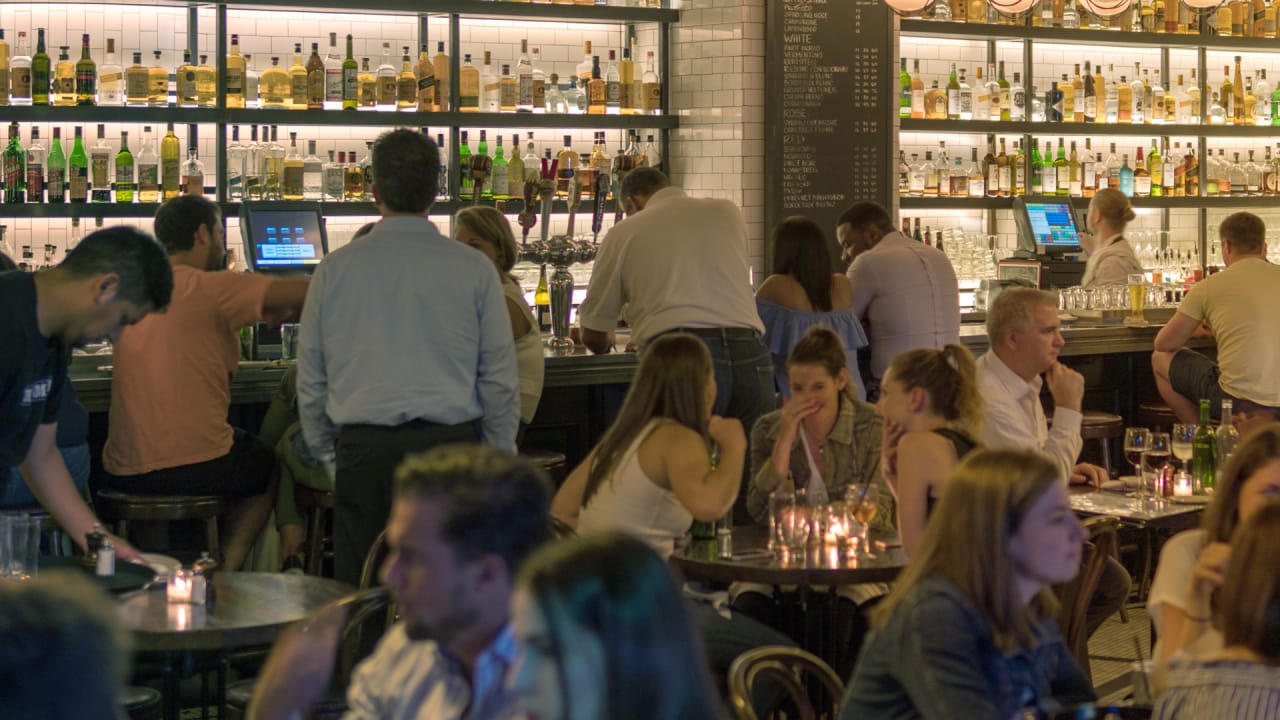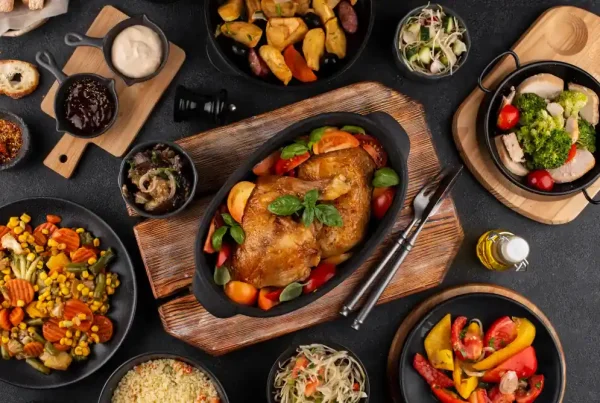Like many New York City singles, Gregory Scott was working way too hard to hear his dates. The city’s abnormally loud bars and restaurants make connecting with a stranger all the more difficult, and in Scott’s case, he had to work double time, because he suffers from hearing loss.
So a few years ago, Scott began googling “quiet spots” and scrolling through review sites in search of tranquil establishments. He went so far as to measure sound levels of venues and keep track of those that met his standards. Then he started sending the list to friends who shared the same frustrations. Word of his project spread, and soon enough, more New Yorkers wanted in.
“I kept getting more and more requests for such lists,” Scott tells Fast Company. “So I created a crowdsourcing tool so that we can all help each other find quieter venues while alerting us to the noisy ones.”
In April, Scott launched SoundPrint, a free app that serves as both a decibel reader and crowdsourced noise reviewer. (A beta version was first released in 2017.) It’s meant to warn you before you venture to a place that’s too loud—either due to music, crowds, or just poor acoustic design. Users can search for quieter restaurants and even filter by peak hours, at which point noise levels increase. It’s been aptly nicknamed “the Yelp for noise.”
The startup also features “Curated Quiet Lists” in cities that hit a critical number of submissions. There are currently eight live editions, with about a half dozen more slated by year’s end.
Basically, consider it the ultimate time saver for the next time you have an important meeting, family gathering, or a date with someone you’d prefer to hear.
Though officially less than a year old, SoundPrint already released a study of over 2,200 New York City restaurants and bars. The app measured selected venues for a minimum of three times during peak days and hours, and found interesting results surrounding food trends and location.
For example, Mexican, Latin, American, and Korean restaurants tend to be the loudest, while Indian, Chinese, and Japanese restaurants tend to be the quietest.
Looking for the safest-to-hear neighborhood? SoundPrint found that as one proceeds from uptown to downtown New York, venues become increasingly louder, so that by the time you reach the Village or the Lower East Side, “your ears may begin ringing,” warns Scott.
“On average, both restaurants (78 dBA) and bars (81 dBA) are too loud for conversation,” says Scott. “That’s not surprising for bars, considering people expect those places to be bustling. But for restaurants, which 30 to 40 years ago were mainly places to not only enjoy good food but also talk with and hear your companion, that’s quite a change.”
Noise is more than just a nuisance or a waste of a perfectly cute Tinder match. It can induce hearing loss, tinnitus, even stress. (Not to mention, straining one’s neck to extend one’s ear.) The public, however, rarely thinks of this public health issue. With noisy environments having been normalized over the last few decades, patrons may not have a clear understanding of what healthy decibel levels sound like anymore.
“Next time you’re in a noisy place and exit a very noisy restaurant or bar, pay attention to your body,” says Scott. “You’ll notice it often relaxes when you leave. It’s escaping the auditory (and stressful) assault on your body.”
Moving forward, the beloved app plans to expand to other devices beyond the iPhone and perhaps venture outside of the bar and restaurant category. In the coming year, SoundPrint wants to take on all areas of public life: fitness centers, movie theaters, stadiums, etc. With luck, one day soon you’ll be able to hear your date just about anywhere.
“You’d be surprised by the number of noise complaints these latter venues generate,” says Scott. “Loud noise is more commonplace than people think.”
Source: Bars and restaurants are too damn loud. Can SoundPrint cut through the noise?













